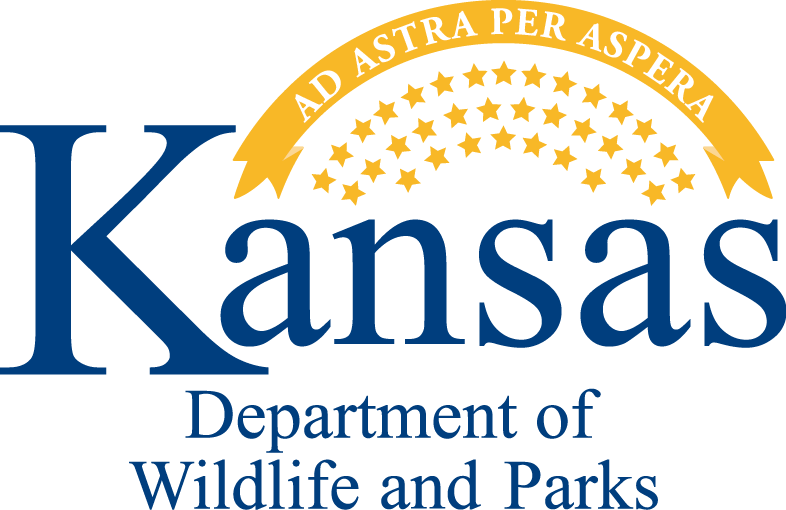BE ON THE LOOKOUT!
There are many plants, including flowers, that only blossom seasonally and may not be found during certain times of the year. Because of that, we cannot put posts at every spot a flower had previously grown. In the past, we have had:
- Snakeroot (Eupatorium rugosum)
SMALL WHITE FLOWERS—This plant can be toxic to cattle when ingested causing “trembles.” The toxicity is passed through milk and when ingested by humans causes “milk sickness.”
- CatClaw (Mimosa quadrivalvis)
SPINEY LEAVES WITH BALL-SHAPED PINK FLOWERS DOTTED WITH YELLOW POLLEN– When touched, the leaves of this plant close. Catclaw seeds have been used as a laxative.
- Purple Coneflower (Echinacea agustifolia)
TALL STALKS WITH DARK, PRICKLEY CONE SURROUNDED BY SPREADING PURPLE PETALS
